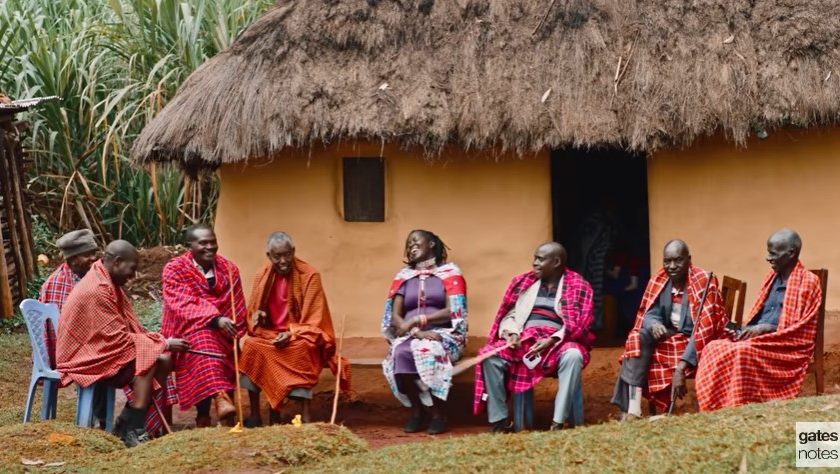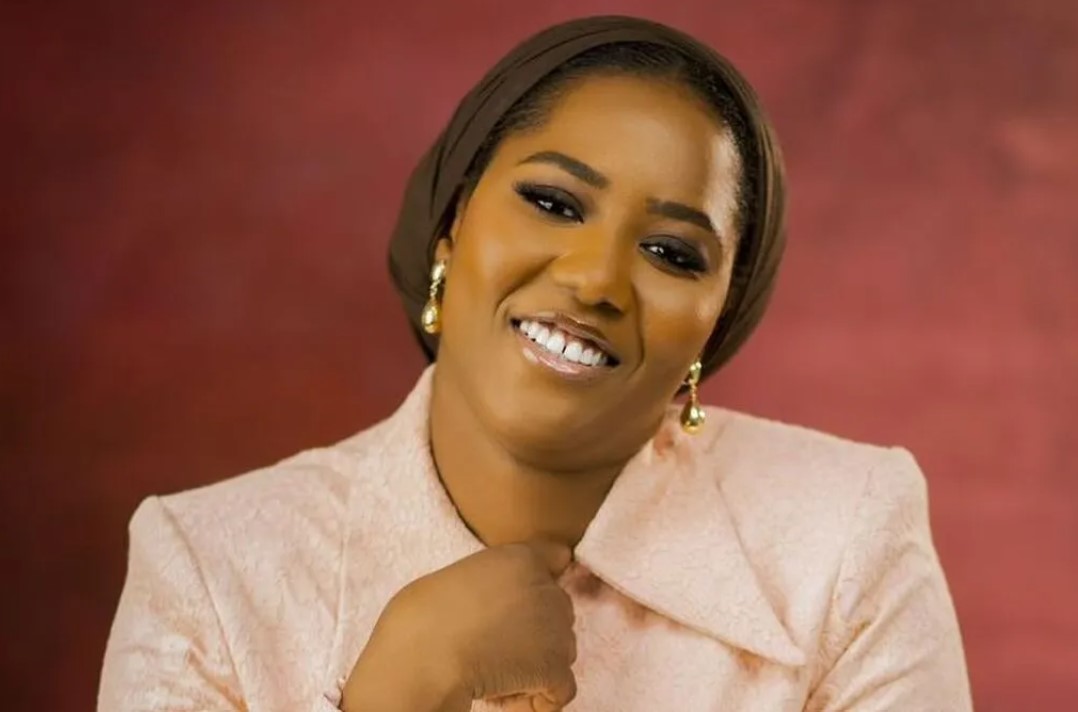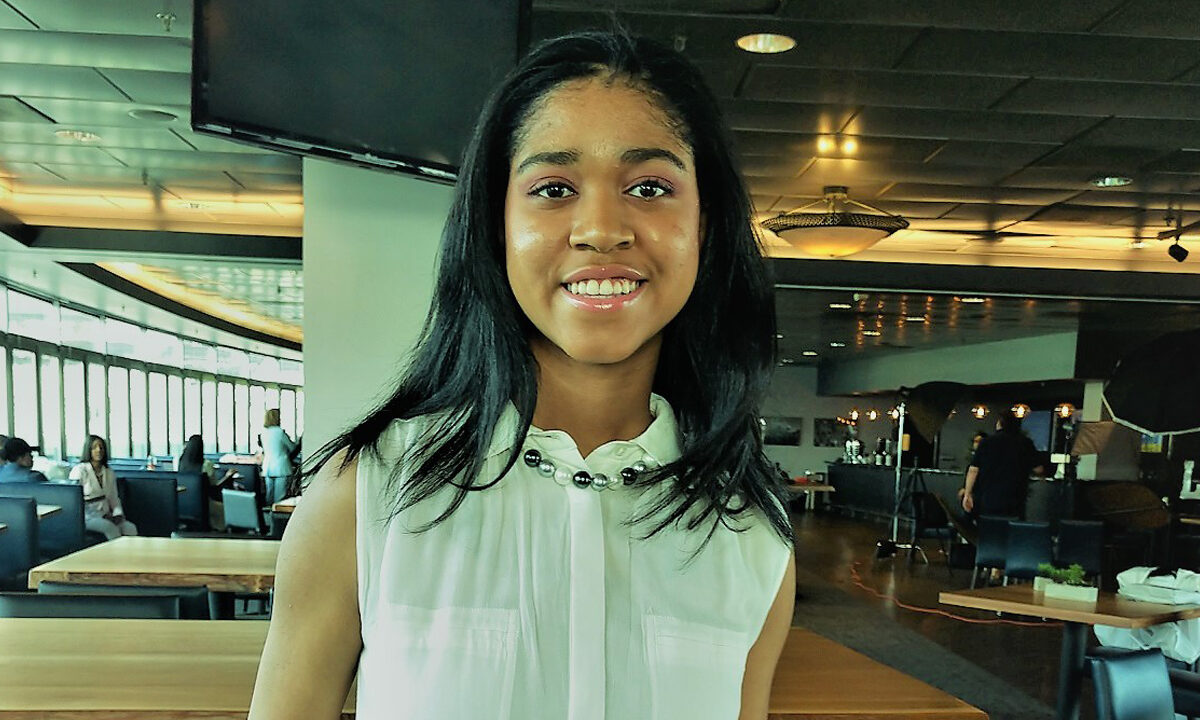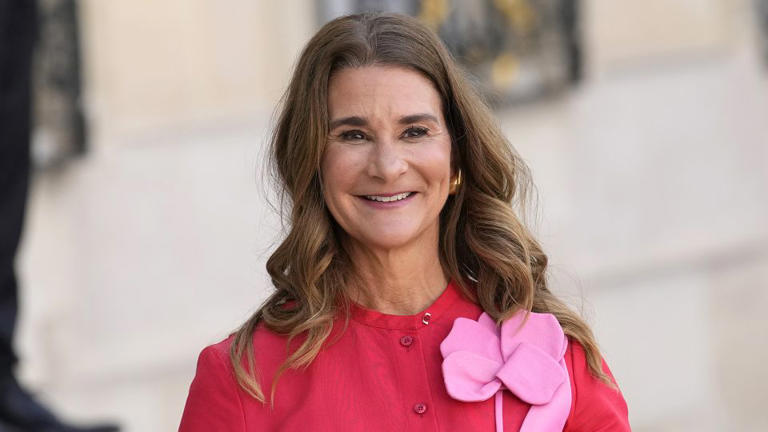
Her Dream Is Freedom For Women And Girls
- EducationGenderHealth and WellbeingHuman Capital Development (HCD)International News
- No Comment
- 374
This hero’s community is being transformed by the girls who attend her school.
As a girl growing up in rural Kenya, Kakenya Ntaiya learned from an early age that her future had already been decided for her.
By age 5, according to local Maasai custom, she would be engaged to be married. By 13, she would go through female genital mutilation/cutting (FGM/C) and leave school to become a wife and mother. Her days would be filled with chores, fetching water, collecting wood, cooking, and cleaning. And she would be expected to raise her daughters to follow the same path.
But Kakenya had a different plan for her future—and the future of her community.
She was determined to stay in school and become a teacher. At age 13, when she was about to be pulled out of school and undergo FGM/C she made a deal with her father: She would submit to cutting, but only if she could continue with her schooling. Her father agreed.
It’s hard to overstate the courage it took for Kakenya to defy local traditions. While FGM/C has been illegal in Kenya since 2001, the practice persists in rural communities because many families believe it will improve their daughters’ chances of finding a husband. Kakenya endured the painful cutting ceremony, but she was able to avoid marriage and stay in school. She won a full scholarship to attend college in the United States and went on to earn a PhD in education.
She founded Kakenya’s Dream, an international nonprofit organization dedicated to educating girls and ending harmful traditional practices like child marriage. She returned to her home village to work with the Maasai elders in her community. She convinced them that girls—not just boys—should have access to education. In 2009, she opened Kakenya’s Center for Excellence, a school for girls built on land donated by the elders.
Kakenya’s school enrolls girls starting at age 10, when parents are likely to start pulling their daughters out of school to get married. Students get housing, uniforms, books, and a strong education. In return, parents agree to not have their daughters get married or undergo cutting while they are in school. As part of Kakenya’s program, she also runs programs for Maasai boys and community members, helping them understand how child marriage and genital cutting harm girls and their entire community.
“All of it is about breaking the silence and that has really helped us to break through all these cultural barriers that hinder women,” Kakenya said.
Graduates of Kakenya’s school have gone on to college in Kenya and study abroad. Like Kakenya, many return to help their communities. One recent graduate now studying nursing in Australia, for example, used her school break to volunteer at a local health clinic in Kenya.
I first heard about Kakenya through Melinda when she was working on her book, The Moment of Lift: How Empowering Women Changes the World. Her story is a powerful example of how one person’s act of bravery can spark dramatic change not only in their own life but also in hundreds of other lives.
Kakenya’s experience fighting for change is also a reminder of the work that needs to be done to improve the lives of women and girls. Over the last two decades, our foundation has been dedicated to reducing inequity around the world—in health, education, and opportunity. But it became increasingly clear to us that something was standing in the way of these efforts: In many ways, women and girls were being undervalued.
That’s why in 2020, our foundation officially launched a Gender Equality Division to further our commitment to gender equality outcomes across the UN’s Sustainable Development Goals. The new division is working to ensure gender equality is incorporated across the foundation’s work. Gender equality initiatives include women’s economic empowerment, women in leadership, data and evidence, and innovation in science and technology to improve women’s health. As part of this work, we have supported the Child Marriage Learning Partners Consortium and continue learning more to fill gaps in knowledge of child marriage, its drivers, and solutions.
When you look closely at the data, you see how gender inequality complicates the fight against poverty and disease. Just consider the impact of COVID-19. The pandemic has had an intense impact on women. New data shows that the pandemic has led to disruptions to women’s health services, job losses in sectors where women are overrepresented, and a sharp increase in caregiving needs and other unpaid work.
The pandemic has created new challenges for the girls at Kakenya’s school, too. During the COVID lockdown, Kakenya’s school was forced to shut down and the girls were sent home. For Kakenya, the pandemic was a critical test of her school’s curriculum. She had taught her students how to be independent and stand up for themselves. But when they returned home for many months, the girls would be under pressure from their families to get married, often out of economic hardship that was exacerbated by the pandemic.
Early pregnancy and marriage are on the rise around the world and it’s still a massive problem in Kenya. Fortunately, at Kakenya’s school, all the girls returned. None had undergone FGM/C. None had gotten married.
“This community is being transformed by the girls that have gone through our school,” Kakenya said.
By BILL GATES
https://www.gatesnotes.com/Health/Heroes-in-the-field-Kakenya-Ntaiya





